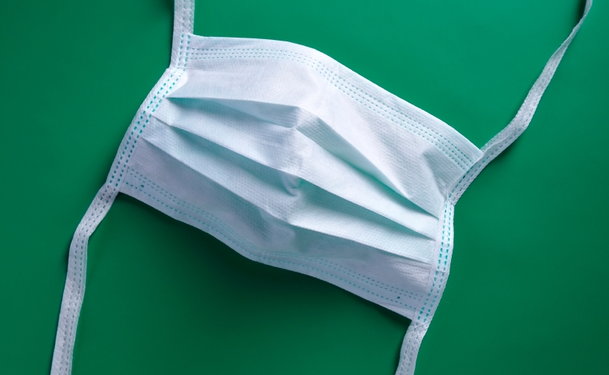There are now many non-surgical and minimally invasive treatments for varicose veins, but in some cases surgical options are still preferred. Learn about surgical varicose vein treatments and how they can benefit you.
Ambulatory phlebectomy
Ambulatory phlebectomy is a minimally invasive, in-office treatment that removes your varicose veins through small punctures or incisions in the skin. It's primarily performed on larger, superficial veins.
The area to be treated is numbed with a local anesthetic. Your doctor then makes tiny punctures or incisions along the skin through which the varicose veins are pulled out piece by piece. The incisions are generally so small that stitches aren't needed.
You can get up and walk immediately or shortly after surgery, and should be able to continue your normal daily routine. You may experience some temporary swelling and bruising. After treatment, your doctor will likely instruct you to wear a compression bandage or compression stocking for at least a week to help you heal.
The risks are minimal, but they include the possibility of skin numbness due to nearby nerve damage.
Transilluminated powered phlebectomy (TIPP)
TIPP uses a thin, probe-like light that is inserted underneath your skin to help your doctor see and treat deeper veins.
One of the key advantages of TIPP over traditional ambulatory phlebectomy is that it enables your doctor to remove more varicose veins through fewer incisions. TIPP can also be faster than traditional ambulatory phlebectomy.
Your doctor performs the procedure in a darkened operating room under general anesthesia, or in their office using a local anesthetic and sedation. The endoscopic transilluminator is placed underneath your varicose veins. A special fluid with anesthesia is also injected into the area to loosen your veins from the surrounding tissue. Your doctor then uses a second instrument that cuts your varicose veins into small pieces and suctions them away.
The small incisions usually don't require stitches. Most patients return to work in two to three days and are required to wear compression bandages, followed later by compression stockings.
Vein ligation and stripping
Vein ligation and stripping is an invasive procedure that ties off your varicose veins and pulls them out of your body through incisions in your groin and ankles. This procedure is now uncommon because newer, less invasive options like endovenous thermal ablation are considered superior in most cases.
To perform vein ligation, your doctor makes incisions over the problematic vein and ties it off. This cuts off the blood flow to your varicose vein and makes it less visible. Vein ligation is usually coupled with vein stripping, which removes the vein.
In traditional vein stripping, a wire is inserted into your varicose vein, attached to the end of the vein, and then the wire and vein are pulled out together. A newer technique called perforation-invagination (PIN) stripping works similarly, but the vein rolls up as it is pulled out, like a sock rolling off your foot. The PIN technique is less painful than traditional stripping techniques, and carries less risk of bruising and scarring.
Vein ligation and stripping are performed under general anesthesia, usually as an outpatient operation. Recovery usually takes from one to four weeks.
Many physicians do not recommend ligation and stripping because the recurrence of varicose veins is fairly high. Ligation also has the most severe side effects, including potential numbness around the treated area. In rare cases, patients can experience blood clots, scarring, infections, and severe pain.
Endoscopic vein surgery
Endoscopic vein surgery is performed in severe cases of varicose veins, especially if skin ulcers have formed or other treatment options have failed.
You will be sedated so you don't feel any pain during the procedure. Your surgeon makes a small incision in your varicose vein and inserts a thin, wire-like video camera probe. The probe has a tiny surgical tool that your surgeon uses to close your vein.
You will usually need a few weeks to heal before you can fully return to your daily activities. Side effects can include bruising, aching, and inflammation.
Reviewed March 15, 2017


